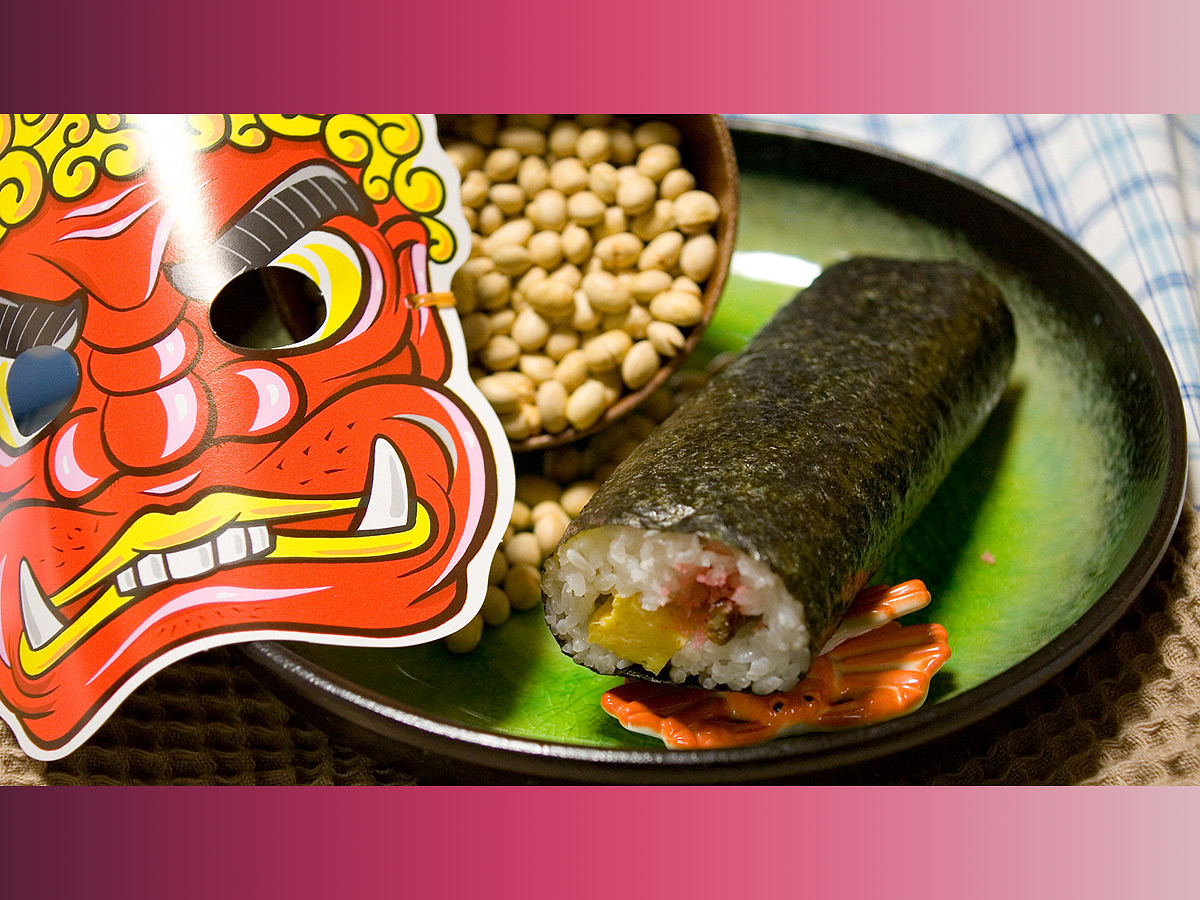
Source: sakura_chihaya+ | Flickr.com
What is Setsubun and why do Japanese eat Ehomaki without talking for good luck?
Related Article
-
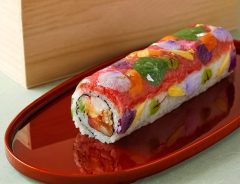
Welcome an early Spring with festive flower Ehomaki sushi rolls at Tokyo Marriott Hotel
-
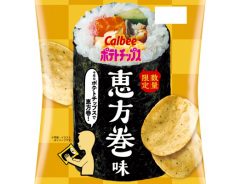
Traditional Setsubun Treat Ehomaki Sushi Roll Can Now Be Casually Consumed as Potato Chips
-
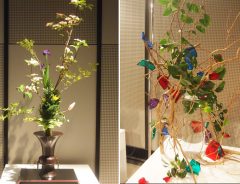
Ryuseiha School Of Ikebana: The Modern Art Of Japanese Flower Arrangement
-

Japanese aquarium’s creative tunnels turn eels into seasonal favourite sushi roll for spring festival
-
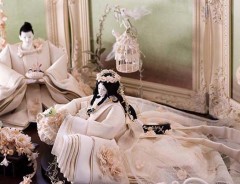
Passing Down Tradition With Girls’ Day Dolls Made With A Modern Twist
-

Customs and traditions during oshōgatsu: Japanese New Year’s time


Setsubun (節分) or “seasonal division,” represents the day of the beginning of the spring and is celebrated as part of the Haru Matsuri(Spring Festival) on the 3rd of February.
During Setsubun, a sacred ritual called mame maki (豆まき / bean scattering) is practiced to ritually cleanse the home and drive away evil.
The custom of Mame Maki
Mame maki is quite similar to the throwing rice custom after the wedding in western cultures and has been practiced since the Muromachi period.
It is said that the ritual purifies the home. Even though many people go to temples and shrines nowadays, the custom is still present in many households where the eldest son or the man of the household born in the Chinese zodiac animal of the year throws roasted soybeans at the door.
The roasted soybeans are also called fuku mame (福豆), the Japanese word for "fortune beans" and they are either thrown outside the door or at a member of the family who is wearing a traditional mask of an ogre (鬼 / oni).
During this practice, "Oni wa soto! Fuku wa uchi!," translated as "Demons outside, Luck inside!" is shouted to drive away the evil spirits and bring good fortune inside the house.
Eat silently to bring good fortune
© PR Times, Inc.
Another custom during Setsubun that has become very famous is eating a lucky direction-roll (Ehōmaki) a type of makizushi (sushi roll). This custom was originally practiced more in the Kansai area and has its origins in Osaka.
Nowadays it has become very popular nationwide and many people practice the ritual. It is supposed to bring good luck if you manage to eat the ehōmaki without saying anything while you do so.
This ritual has become so popular that youngsters and YouTubers often record themselves while doing this and upload their videos online.
Here you can find some of the interesting facts regarding Ehomaki and its types, so I recommend having a look.
Japan is full of tradition and Setsubun represents an important period in the calendar to bring in good fortune and good luck for the New Year, as well as welcoming the spring in our lives. Therefore, it has a deep meaning for the Japanese people.
If you are in Japan during Setsubun, you should try Ehomaki and participate in bean scattering at the shrines and temples’ spring festival.